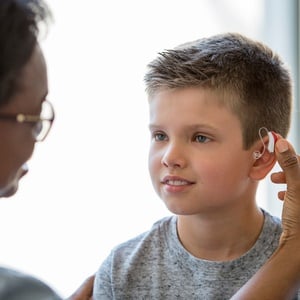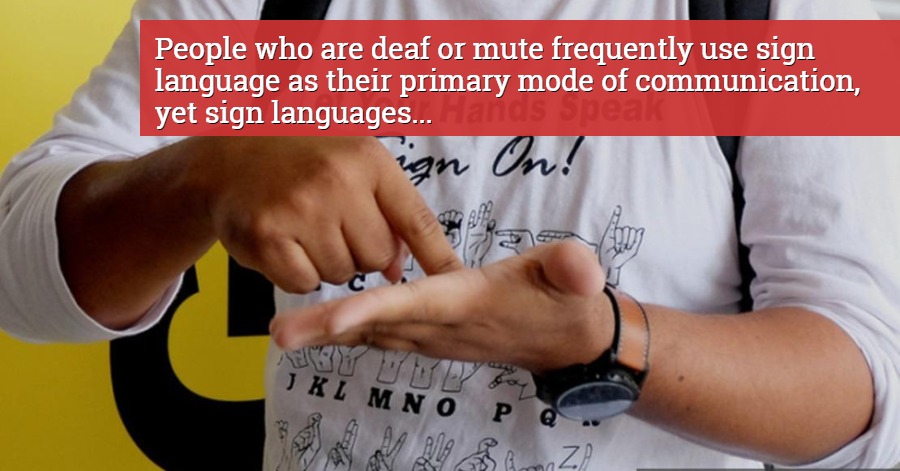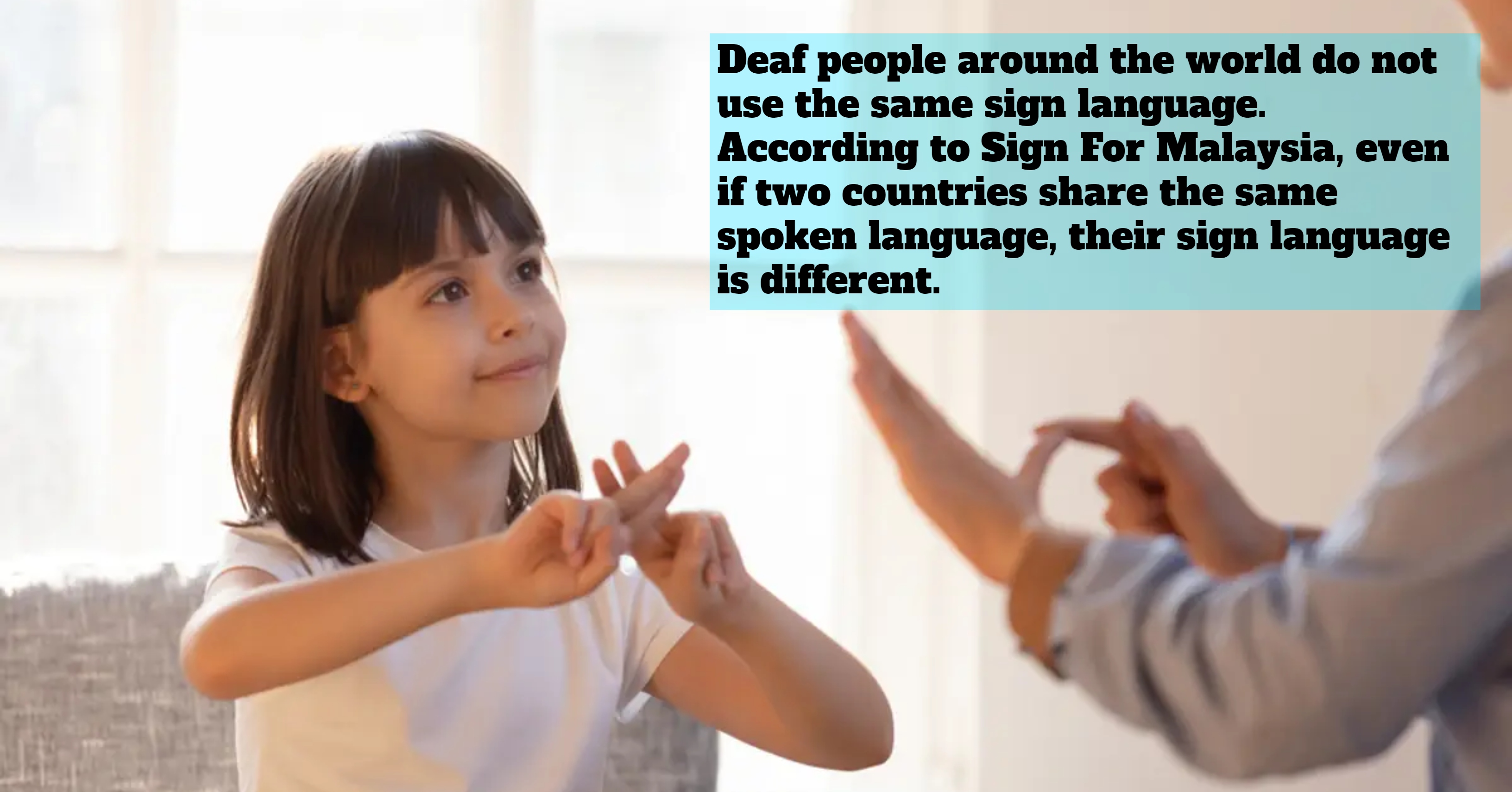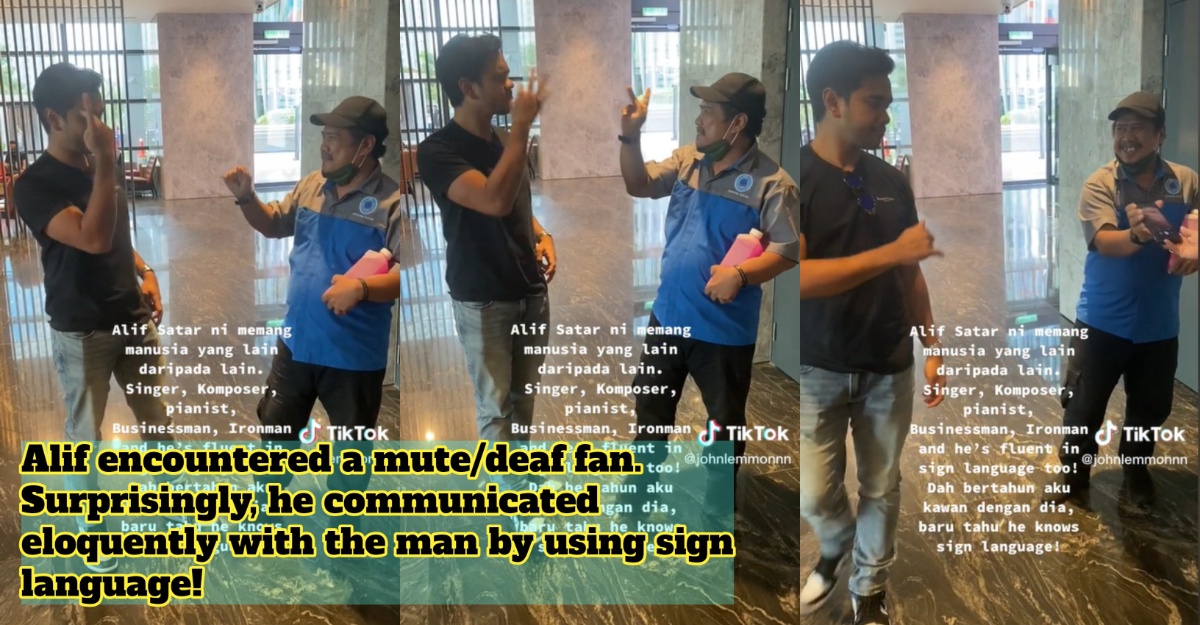Sign languages are visual languages that communicate using hand, facial, and body motions. There are more than 135 different sign languages in the globe, including American Sign Language (ASL), Australian Sign Language (Auslan), and British Sign Language (BSL) (BSL). Signed Exact English (SEE) and Pidgin Signed English are two examples of signed representations of oral languages (PSE).
People who are deaf or mute frequently use sign language as their primary mode of communication, yet sign languages have a lot to offer everyone. Not only is learning a second language good for your brain, but it’s also a great way to expand your communication skills.
Here’s why sign languages can be awesome
1. Important for deaf people

Many deaf and hard-of-hearing people rely heavily on sign languages as a means of communication. Sign languages are the Deaf community’s original languages, and they provide complete communication access. Although sign languages are predominantly used by deaf individuals, they are also utilized by non-deaf people who can hear but cannot speak.
2. More expressive

Sign languages include the movement of a person’s arms, torso, and facial emotions in addition to their hands. In sign languages, facial expressions can convey both emotion and grammatical information. For example, raising and lowering the brows might transform the structure of a sentence from a statement to an inquiry. So, if you’re ever using sign language, make sure your facial expressions are proper, or you can be saying something completely different from what you mean.
3. Listen with your eyes

People who are familiar with sign language are frequently better listeners. A person must maintain consistent eye contact with the person who is speaking when using sign language. Unlike spoken languages, sign languages do not allow a person to turn aside from the person speaking while still listening. This can be a very useful habit to develop for both spoken and sign language. In spoken language, maintaining eye contact demonstrates that a person is really engaged in what the other is saying.
4. Helpful for people with autism

Some youngsters with Autism Spectrum Disorder (ASD) have difficulty communicating verbally. For some children with ASD, learning sign language can be a useful communication tool. Many children with ASD have shown that utilizing sign language instead of or in addition to spoken language improves communication quality.
5. Useful for a private conversation in public

This will only work if no one who understands sign language can watch the exchange. Sign languages can be a fantastic way to gossip and pass on secret information without anyone else knowing.
6. Learning a second language is good for your brain health

Learning a second language, according to Swedish researchers, can really enlarge the size of your brain. Scientists have also discovered that persons who can communicate fluently in more than one language have better memories and can prevent the onset of dementia and Alzheimer’s disease.
7. It has its advantages

When speaking is physically impossible, such as conversing underwater, over the glass, from a distance, at a loud music performance, or with your mouth full, sign languages can be employed. You can also communicate with someone using sign language without disturbing others. While in the theatre, you can tell your pal how much you despise the film without disturbing others.
Sources:Healthy Hearing, AI,eLearning Industry









Leave a Comment